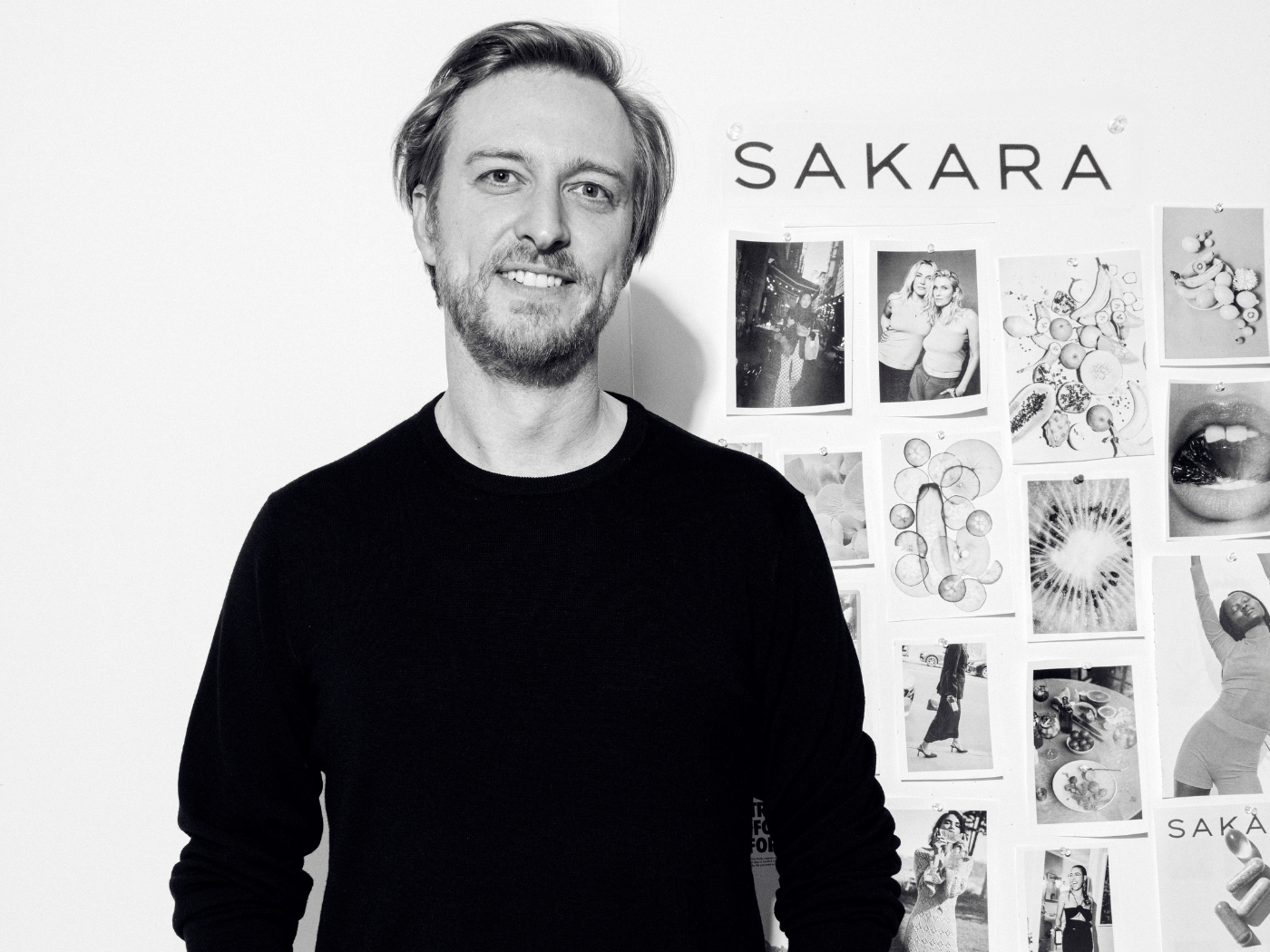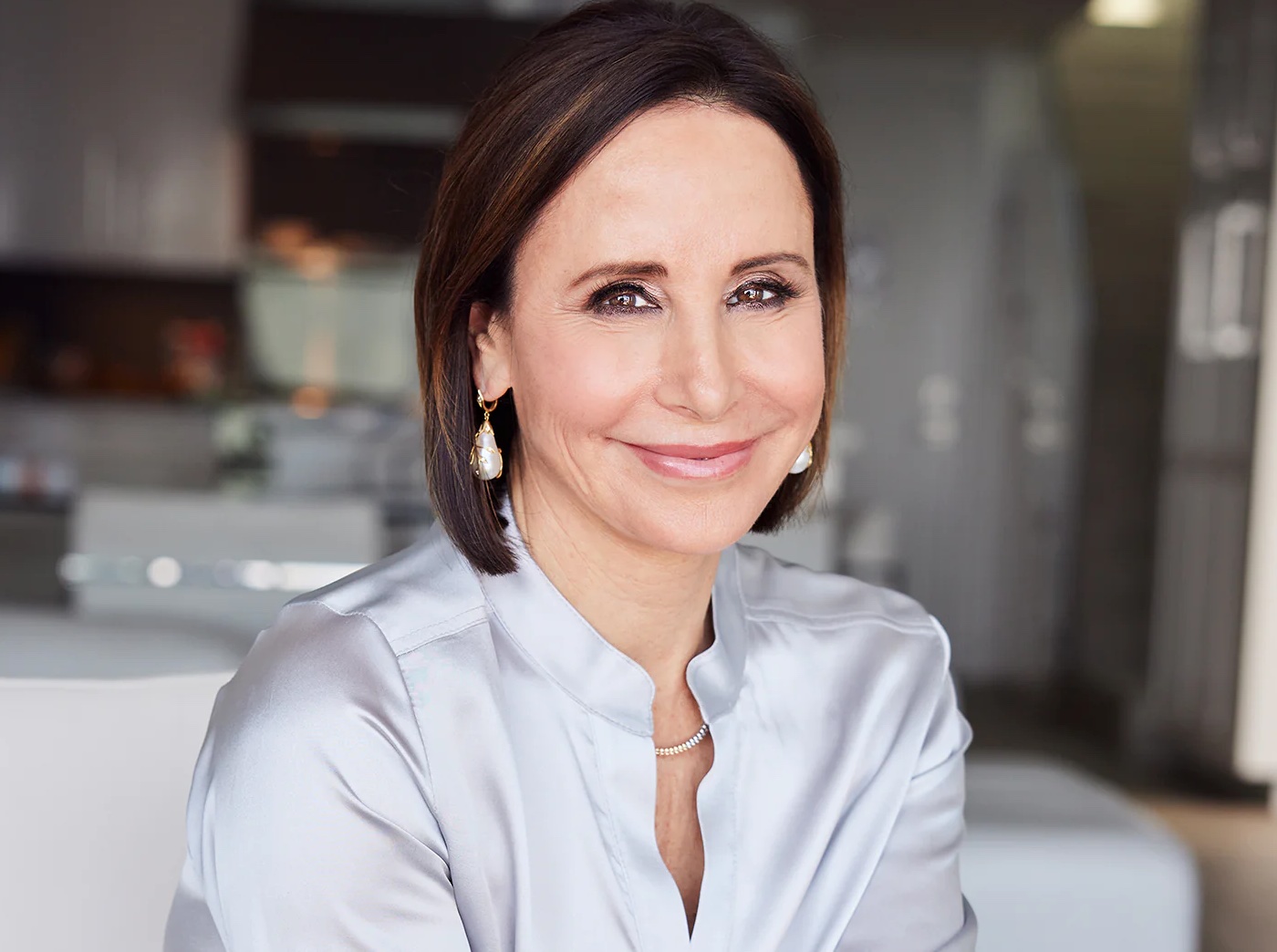The Procter & Gamble Co. is slimming down and narrowing its focus in a bid to boost performance and grow the top line. The company’s to-do list — which includes completing planned divestitures and cutting costs — sounds good to investors, but many are getting anxious about when they can expect to see results.
Financial observers are closely watching P&G’s remaining beauty business, which includes mega-sized brands such as Olay and Pantene, additional hair care lines and the prestige skin care line, SK-II.
As part of its sweeping plan to trim down, P&G will transfer more than 40 beauty brands to Coty Inc. in a multi-billion dollar deal slated to close in the second half of this year.
The deal is part of P&G’s larger plan to streamline its focus to 10 core businesses. At the end of the process, P&G will have about 65 brands. The company has said that about one-third of the brands will be higher than or near $1 billion in annual sales, and about two-thirds with around $500 million in annual sales.
P&G is getting to work to improve Olay, and has already trimmed the brand’s assortment by 16 percent in the U.S. market.
Several sources said Olay is losing shelf space as mass retailers make changes to the product mix.
Sanford Bernstein analyst, Ali Dibadj, estimated that it could take 18 to 24 months to see results from some of the changes to Olay.
With the Coty deal in place, P&G’s beauty business is now more reliant than before on the mass market, which helps the company from an operational point of view, according to Ali.
But its ties to mass could also prove to be a double-edged sword given current sales trends. ConsumerEdge Research analyst, Javier Escalante, wrote in a recent research note that P&G’s decision to exit prestige cosmetics — where companies such as L’Orèal and the Estèe Lauder Cos. Inc. are growing in the range of 6 percent to 7 percent — indicates that the company’s sales force is not aligned with growing channels, such as online and specialty retailers. He added that more than 50 percent of L’Orèal and Coty’s U.S. sales take place outside mass retailers.
On the hair care front, analysts nod to improvements in the Pantene business, which several said has “stabilized.”
Javier noted that P&G’s two mid-sized brands, Herbal Essences and Aussie, remain weak and “we don’t know of plans to turn them around.”
P&G is busy making changes to its organizational structure, moving away from its reliance on global business units to creating a more “agile” structure and culture.
P&G’s President and Chief Executive Officer, David Taylor, said earlier this year, “A few years ago we got a little bit too central and global and too slow to address market opportunities. We need more direct ownership for our regional business managers, all the way to the store shelf, clear line of sight for how their responsibilities impact the results they’re accountable for. We call this an end-to-end design.” He continued, “In the U.S., we designed a seamless end-to-end organization from category to customer, strengthening both the category mastery and the customer focus… It clarifies the positions and strips out some of the complexity that we had. It creates more value with the fewest possible transactions. It is not just an organization structure. It’s how we’re going to operate, from category to customer to shopper.”
Industry consultant Allan Mottus said the changes come after a series of missteps in beauty by the consumer products giant, such as its move into professional hair care and fragrances. “P&G stripped down the business to where it is manageable, and where they can maintain share. It is a very commodity-driven company.”
P&G is expected to report third quarter earnings on April 26.



